19 Jan WHAT IS HMR, HDF and MDF?
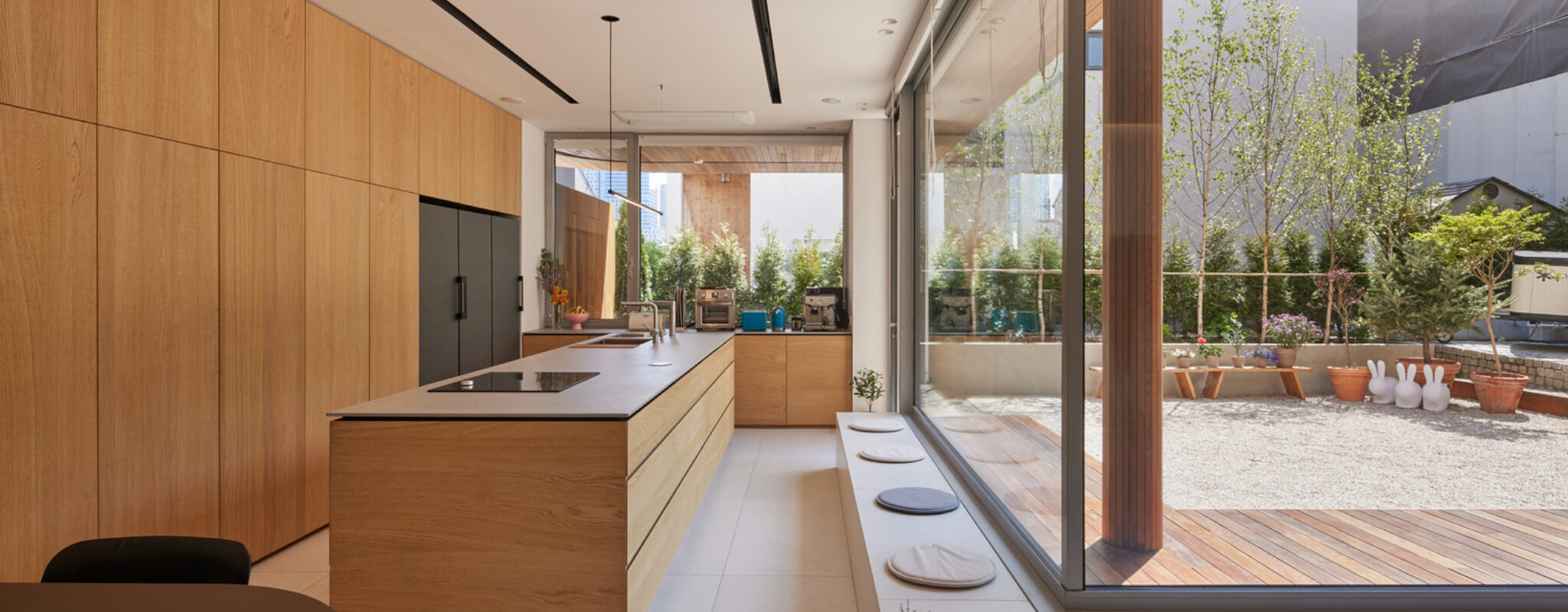
HMR, HDF & MDF – Commonly Used Material In The Woodworking Industry.
Oswald Lee | January 21, 2022
What is HDF & MDF?
High-Density Fiberboard (HDF) & Medium-Density Fiberboard (MDF) are the trendiest and most commonly used materials in the furniture industry these days. This is mostly due to the never-ending surge in solid wood prices as trees are being cut down at an alarming rate. By combining wood fibers and glue under high pressure and heat, the outcome is a strong and solid fiberboard that serves as the best alternative to real wood. Depending on its density, HDF & MDF are made. Each offers its respective durability and strength based on the density set by the manufacturer.
What is HMR?
High-Moisture Resistant (HMR) Adhesive is a type of glue used to solve one of the common issues faced when using these fiberboards. When HDF and MDF are in prolonged contact with water, the fiberboards will bloat over time. Causing the durability and holding strength of the fiberboard to reduce dramatically. Due to its weak resistance against water, HMR is added into the process of producing HDF and MDF due to its water-repelling ability. This strengthens the bond between the fibers and provides them with water-resistant ability.
The outcome of combining Fiberboards and HMR.
The outcome of these combinations is called HMR-HDF and HMR-MDF. On the market, these HMR fiberboards usually come in green color. This is due to a green pigment that is added to all HMR fiberboards to separate the common fiberboards from HMR fiberboards. With the enhanced water-resistant ability, it is now more durable and is widely adopted by many carpenters. However, the price is slightly higher compared to the original.
Learn more about the Benefits of HDF | HMR-HDF compared to natural solid wood, plywood and particle board.
CONSULT US
TO MATERIALISE
YOUR IDEAS
Have an idea or design for a furniture? Discuss with us now! Our vast experience in renovation allows us to provide you with solutions on any technical or design issues.
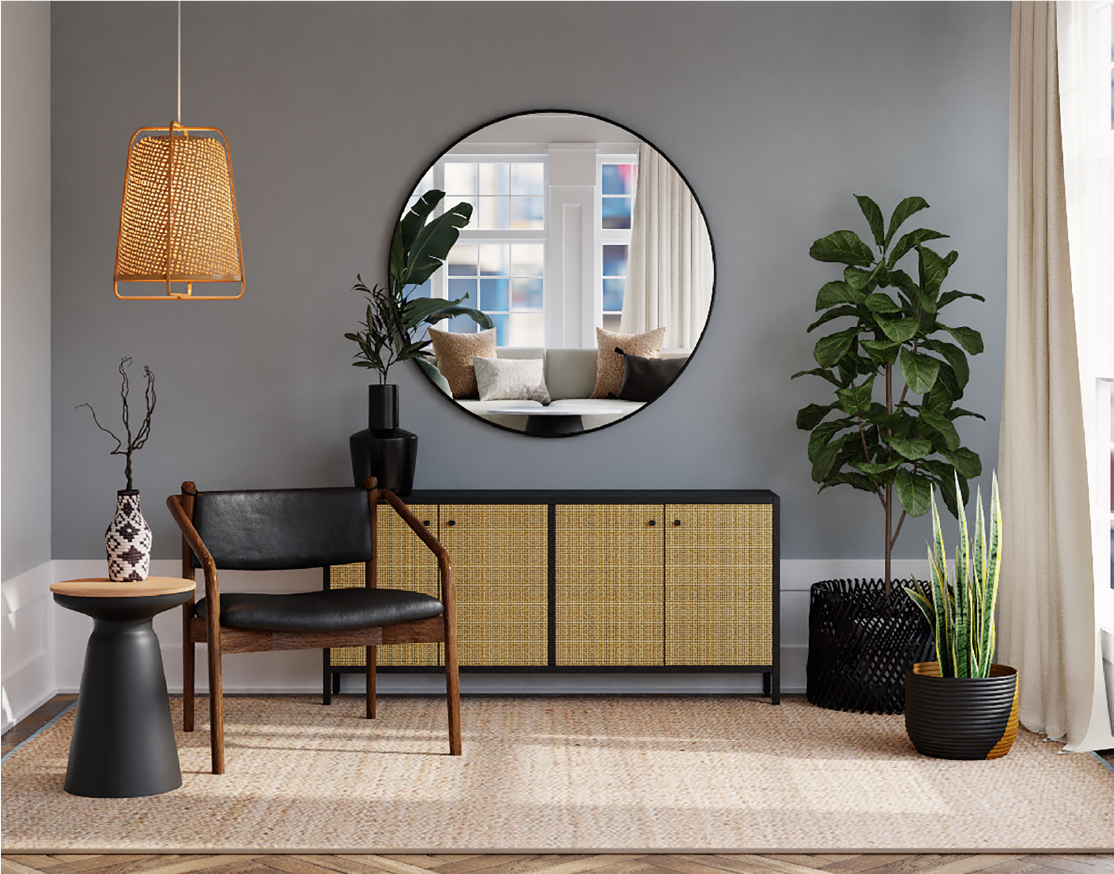

CONSULT US
TO MATERIALISE
YOUR IDEAS
Have an idea or design for a furniture? Discuss with us now! Our vast experience in renovation allows us to provide you with solutions on any technical or design issues.


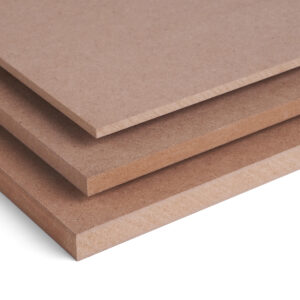

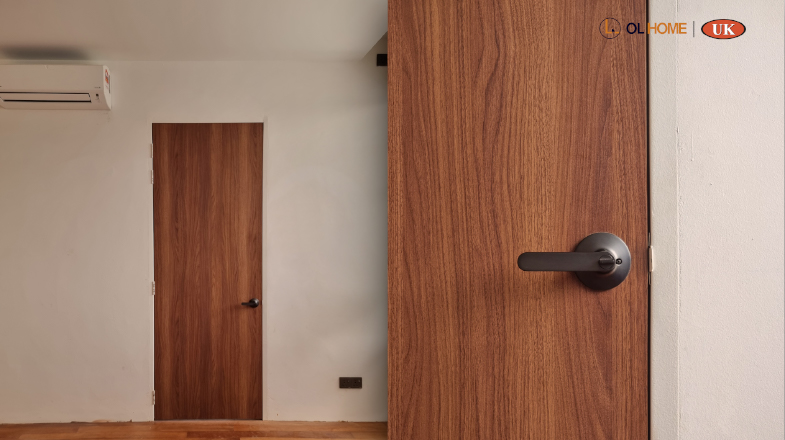
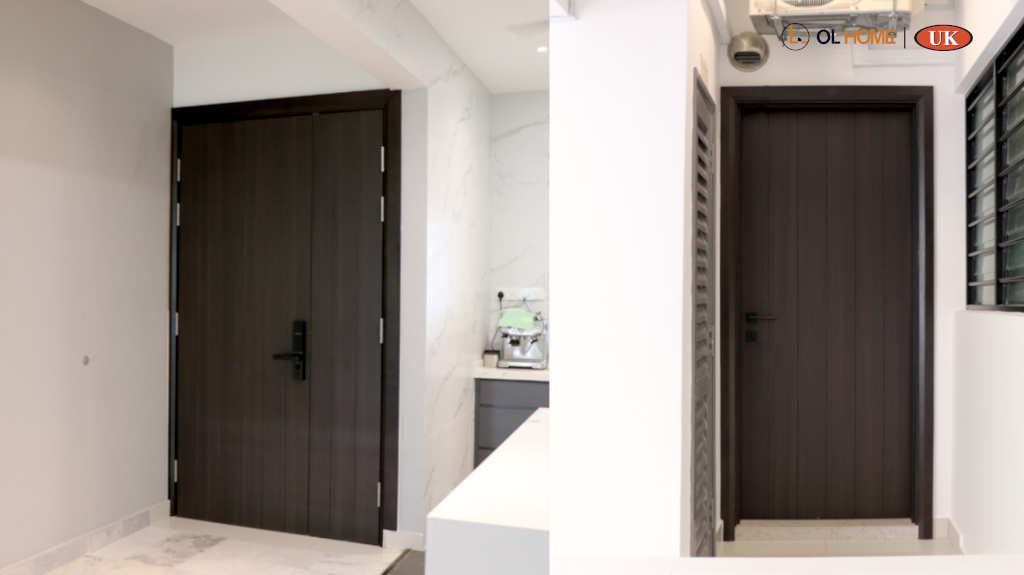
No Comments